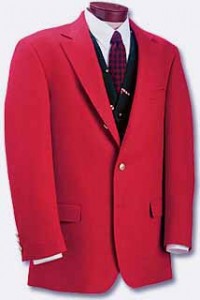Mar 13th, 2009 by Frank LaBanca, Ed.D.

This past week, my students and I attended the Science Horizons Science Fair, the Connecticut Junior Science and Humanities Symposium, and the Connecticut Science Fair. Although we experienced enormous success for the wonderful projects they created, executed, and presented, what stands out to me most, is how these young men and women learned about themselves.
I was speaking with one of my student’s fathers upon return from the JSHS, and I commented on how we had an opportunity to meet one of the professors that had provided feedback for the project. Initially, the student didn’t want to approach the professor (shy, embarrassed, whatever), but I insisted he make an approach. After speaking with him, the student, returning with a big smile, said that it was a good choice to speak with the professor. He had a chance to thank the professor for his help. More important, the professor conveyed how enjoyable and important he thought the student’s project was. That kind of authentic value from a member of the community of practice easily helps justify the reason we encourage students to do applied research. The student KNEW his work meant something, and moreover, he had effectively communicated with an adult. The father and I spoke about how many additional skills students acquire that might on the outside not be so evident.
Fast forward several days.
Students are at the Connecticut Science Fair; boys dressed in suits and/or sport coats and pants. They are having an awful time attaching their pinned name tags to the front of their jacket pockets. After the judging we gather, several parents nearby. We discuss this and that. One says “I have such a cheap jacket, all of the pockets are fake.” Other boys grumble with similar complaints. Taking a deep breath, I explain to them (probably with a little laced sarcasm), that the pockets on sport coats come stitched up. I explained that they needed to gently cut the stitches, and the pocket would open up. The boys are in awe – the parents are belly laughing. The father from the previous day comments, “You’re right, they learn all sorts of things in this class!”